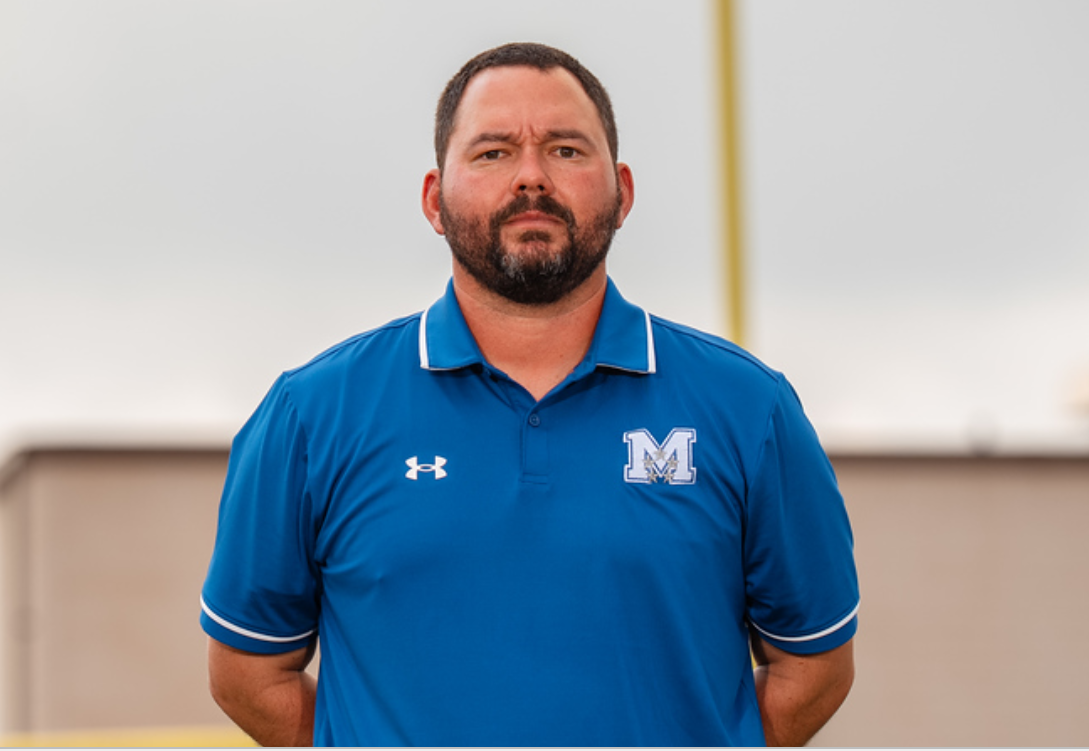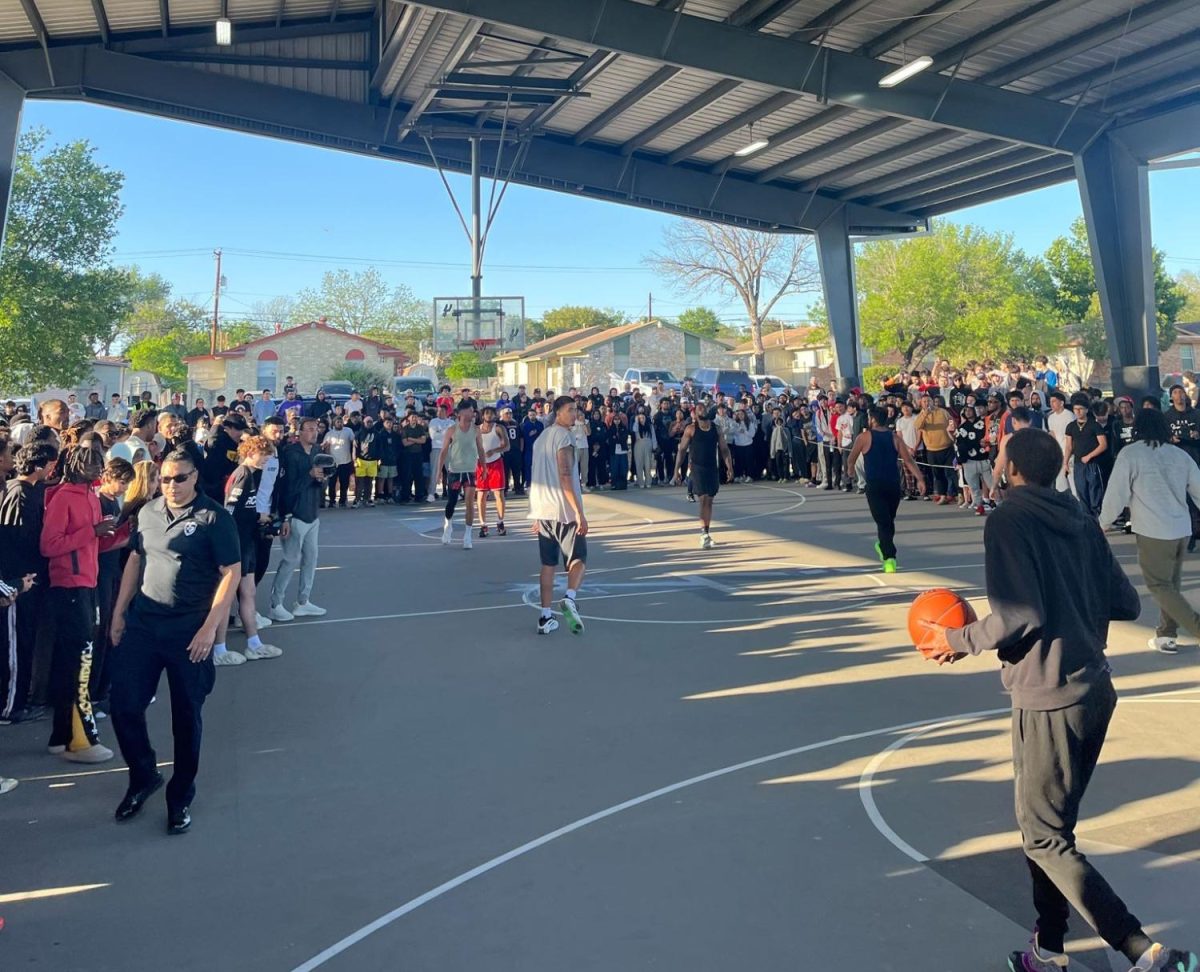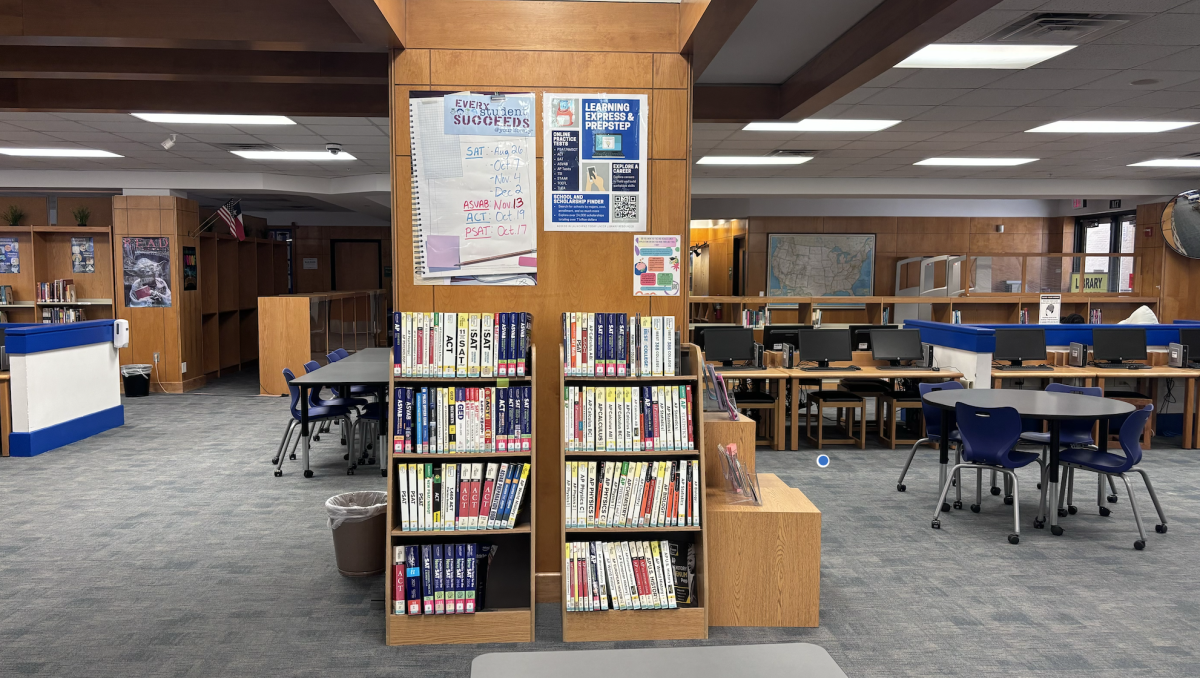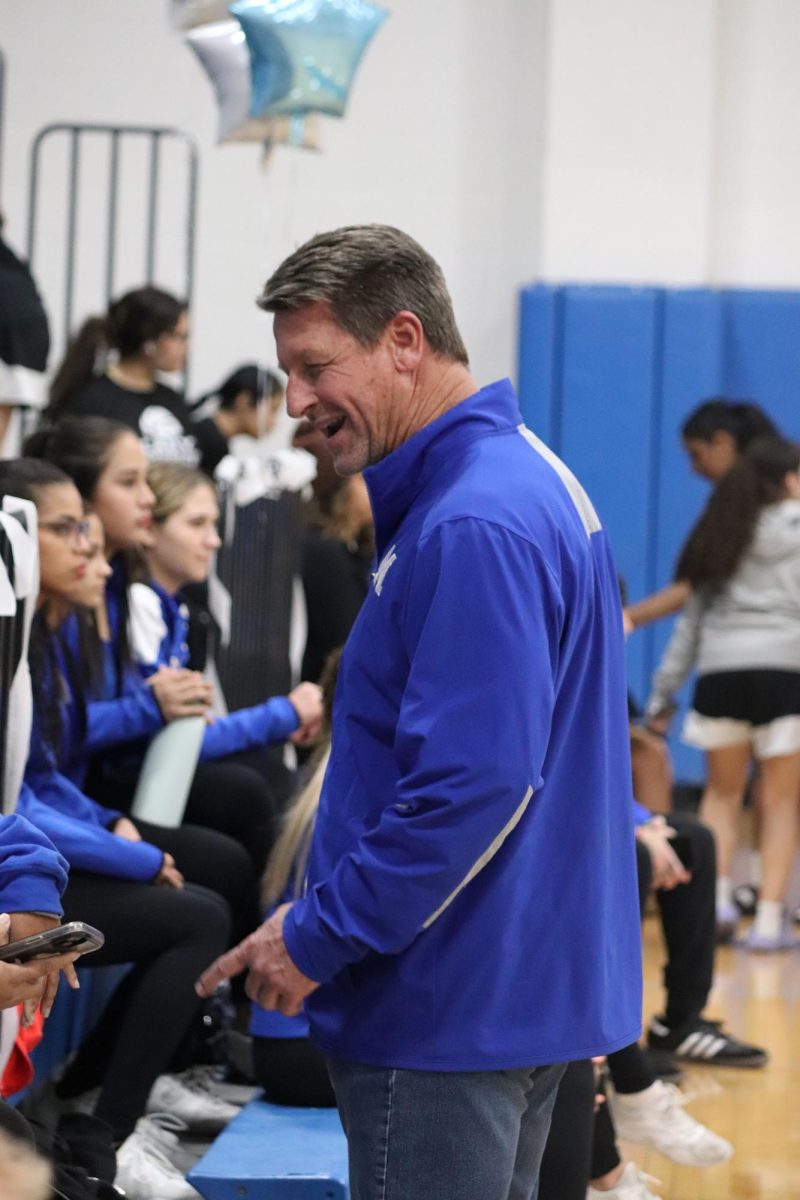Everyone has gone through the cafeteria line more than a few times in their high school career. You grab your tray, utensils and napkins, decide whether you want a water, milk, or a Gatorade. Then you scoot through the line picking and choosing the foods you want and thanking the kind lunchlady who grabbed you your extra enchilada. You choose your seat in the patio, regular eating area or if you’re a senior the senior dining hall. You look down at your tray looking to see where you should start, then you realize “hey, why are my oranges yellow?”
“Right now we have oranges from Texas,” Cafeteria Manager Ms. Leah Whetstone said. “They’re not as pretty but they are sweeter, a Florida orange is very orange, ours look off color because the weather is different here.”
Our food in the cafeteria comes from both local farms and specific companies. They get bids and whoever the best bidder is, meaning the best price for the best quality product, is the item the district will go with.
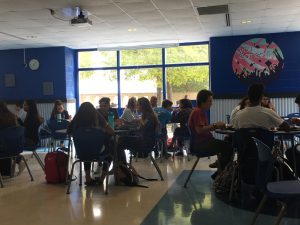
“The district determines it but each January at we have a taste testing night and the PALS taste-test,” Ms. Whetstone said. “They try a bunch new menu items and based on the surveys that’s where you see the new items come out. The menu is generated by the district, and a dietitian helps.”
Some students have certain allergies such as milk, red dye or peanuts. Students and parents can access the allergens and the allergy report online.
“They can find all the ingredients on the website it has every calorie, fat, carb for every single thing we make or sell, as well as the menus,” Ms. Whetstone said. “If [students] need to be restricted from something then, they have a doctor fill out a form through the nurse and the dietitian and then their account is coded with the allergy. We have many alternative options: they can get vegetarian choices, we have milk that doesn’t have lactose, we have soy milk, we have different options that are offered daily that they can get.”
National School Lunch Week begins on Oct. 8.




